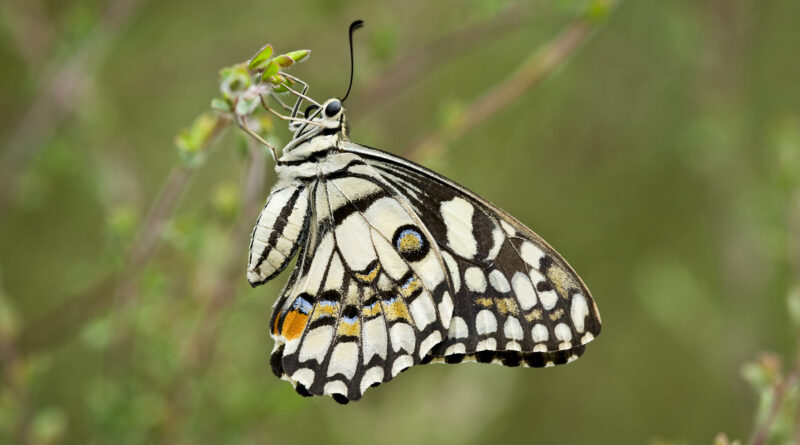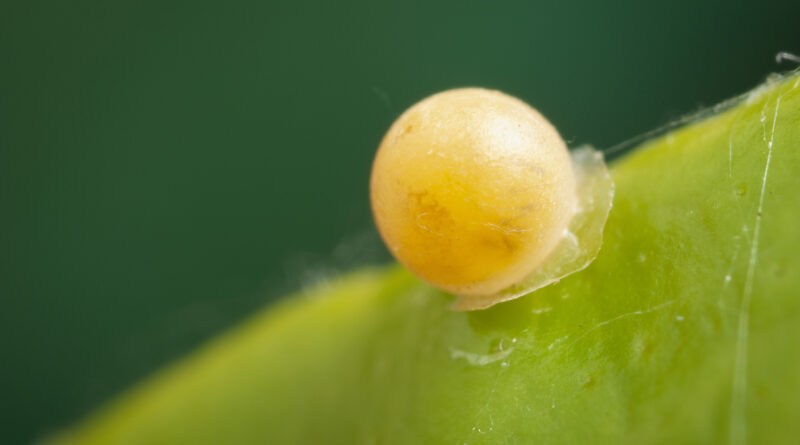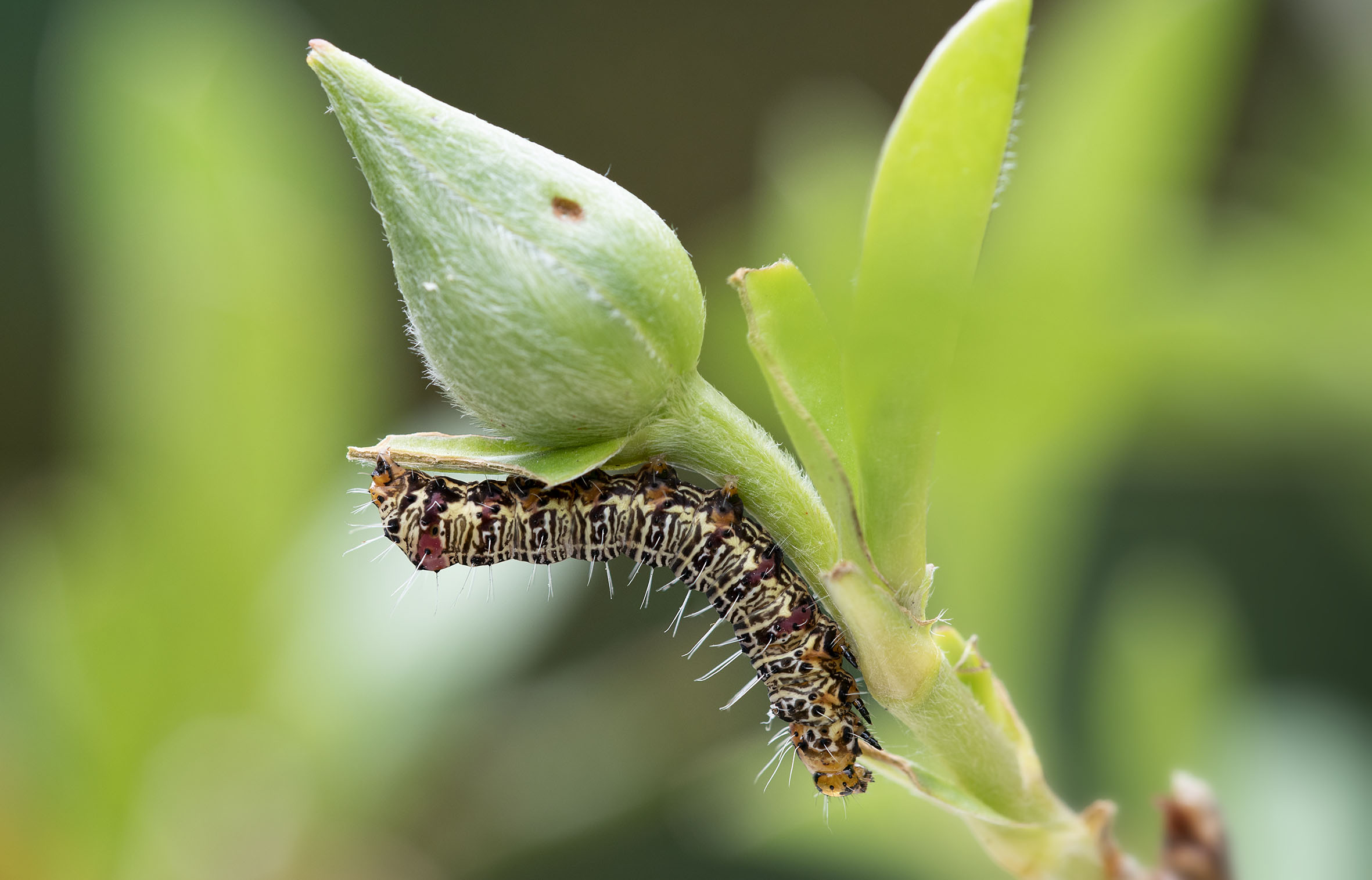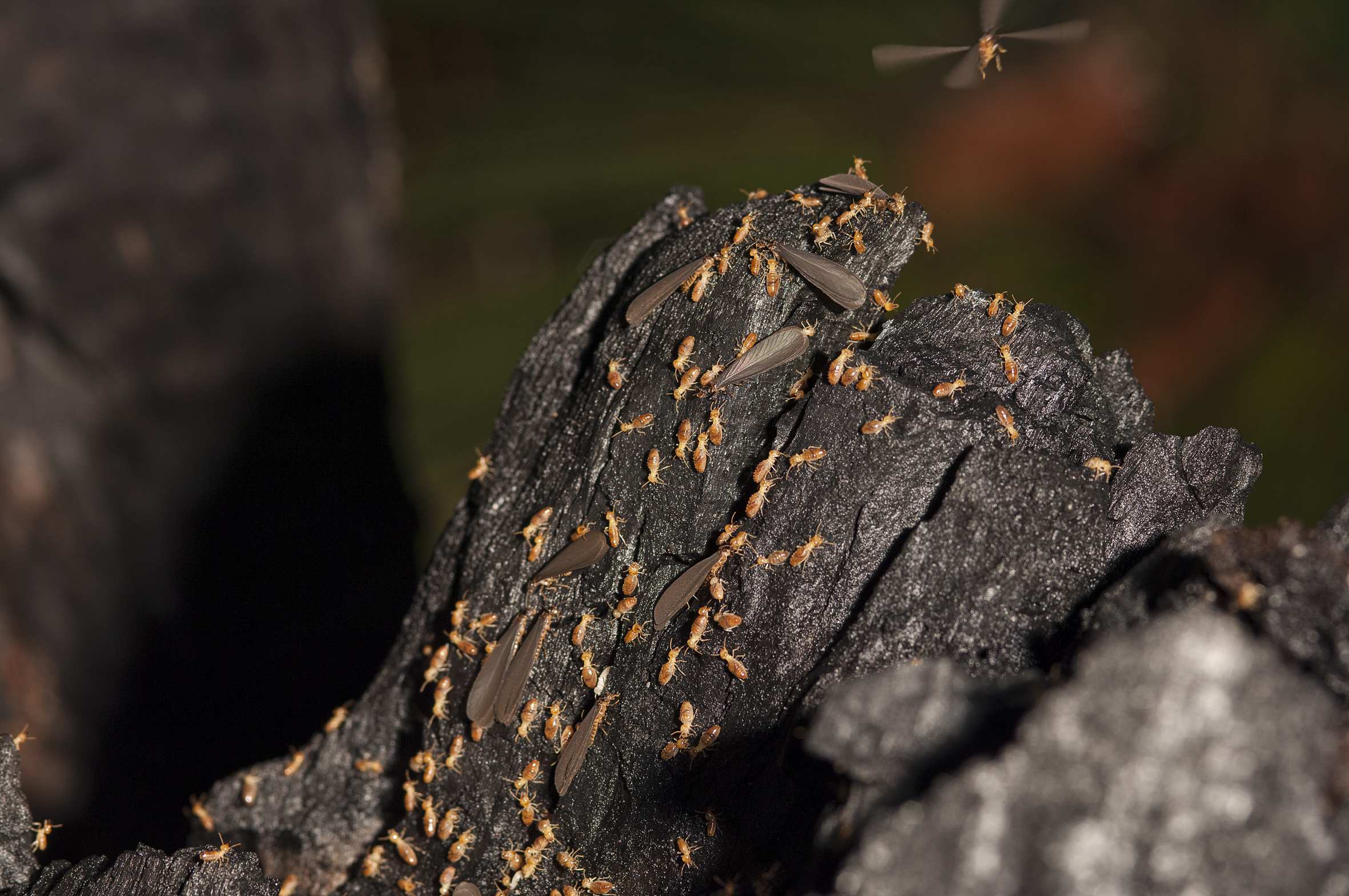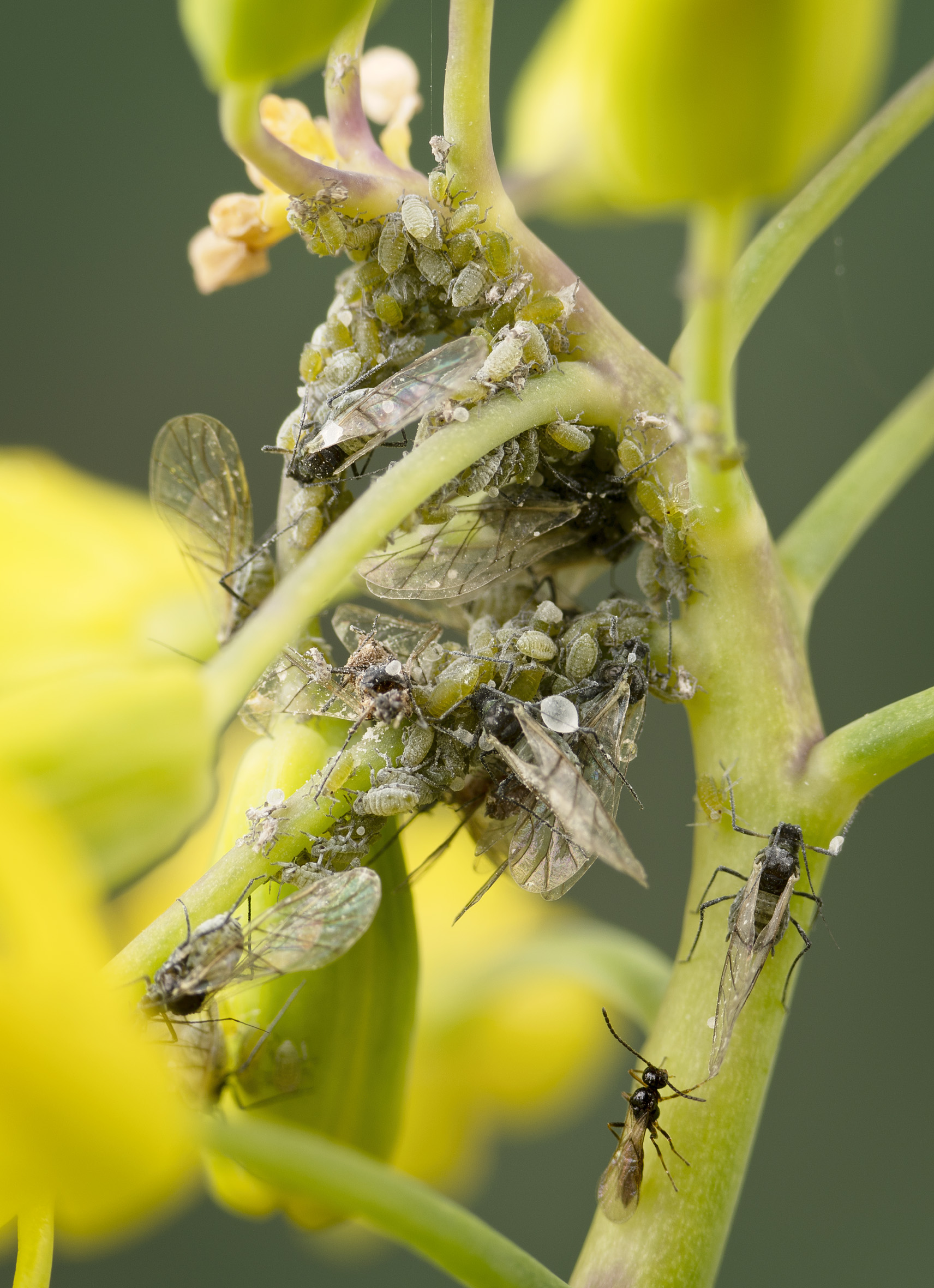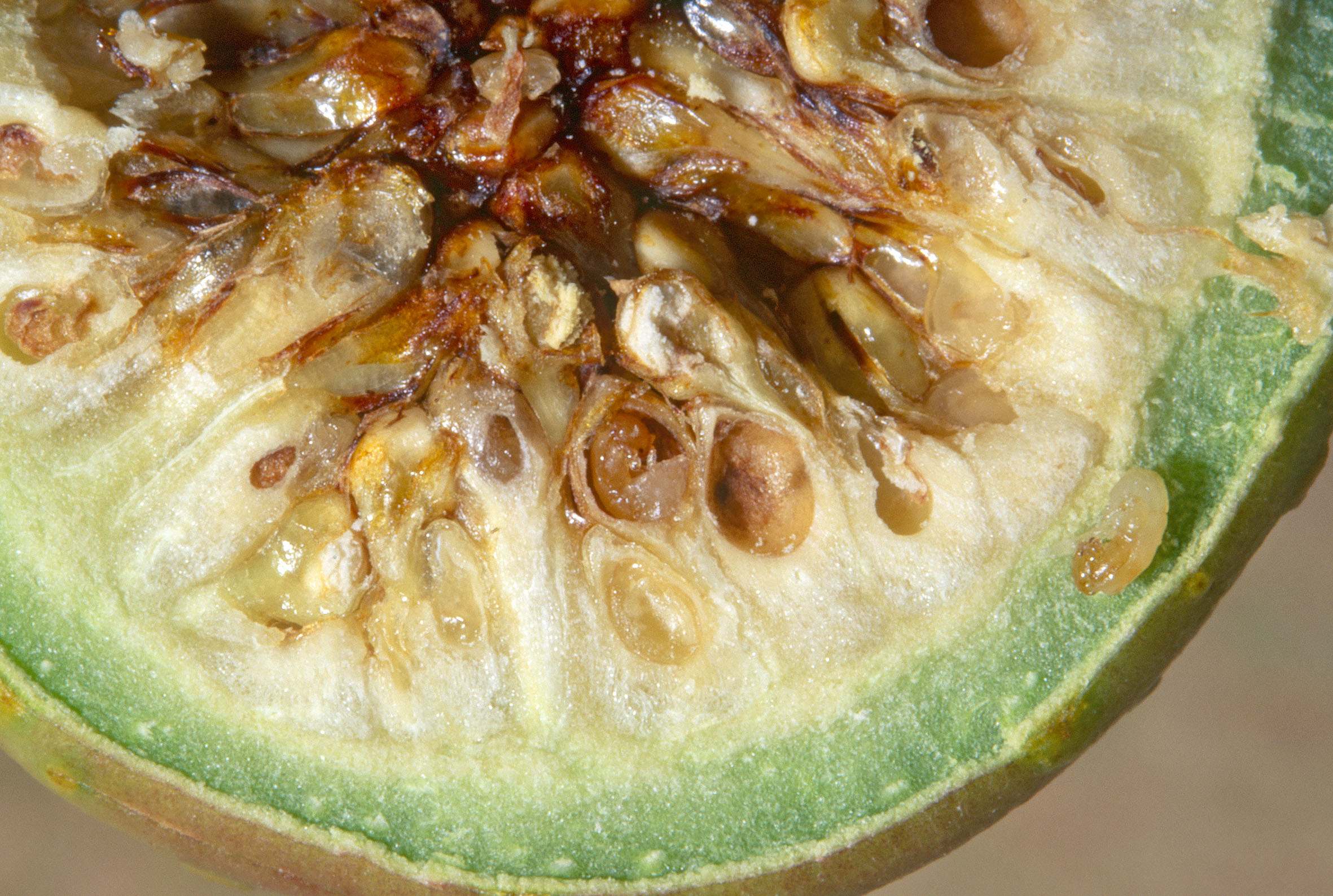Insects – the foundation of biodiversity
By Denis Crawford
Biodiversity in gardens means growing a variety of plants, which are likely to attract a variety of insects. That might sound alarming to some, but it’s actually a good thing.
Biodiversity can be a bit of a buzzword, but the way I look at it, is insects are the foundation of biodiversity.… Continue reading
Read More
